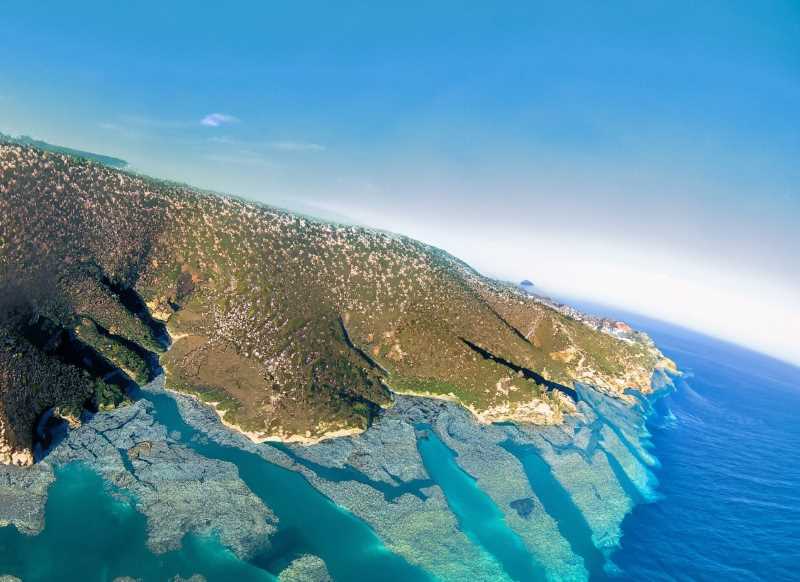Discover the Unique Bathymetry of the Gulf of California
Discover the captivating bathymetry of the Gulf of California. Unique basins, trenches & V-shaped channels create a dynamic hydrographic regime, ideal for marine exploration & research. Dive into this mesmerizing underwater realm.

The Gulf of California, also known as the Sea of Cortez, is a remarkable body of water that boasts a unique hydrographic regime, owing to its distinct topography. This region is divided into a series of basins and trenches, which deepen as we move southwards, and are separated by transverse ridges. One notable area in the Gulf is the Great Islands Region, characterized by five V-shaped ocean basins. These basins serve as funnels, restricting circulation between the Northern Gulf and the Central Region, resulting in strong currents and intense mixing of water masses.
One of the most intriguing features of this region is the Ballenas and Salsipuedes channels, which have been formed by a complex system of faults and tectonic processes. These channels exhibit impressive depths of more than 1,400 meters, with the deepest point found in the southern portion of the Ballenas Channel and along the entire length of the Salsipuedes Channel. Covering approximately 125 kilometers in length and 25 kilometers in width, these channels present irregular bathymetry and are marked by a submarine ridge with an average depth of 250 meters between the islands of Ángel de La Guarda and San Lorenzo. Furthermore, two thresholds of 300 and 450 meters restrict communication to the south and north, respectively.




